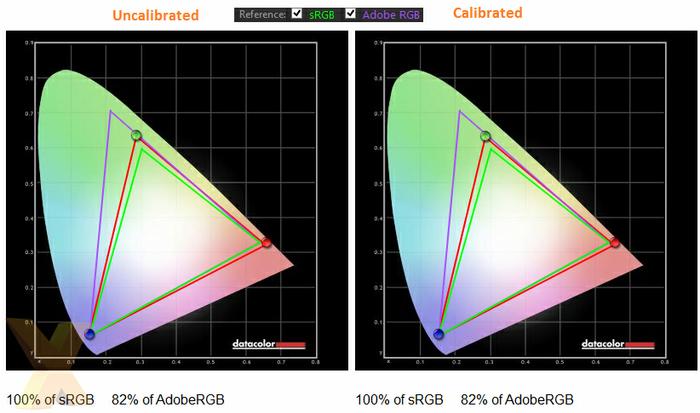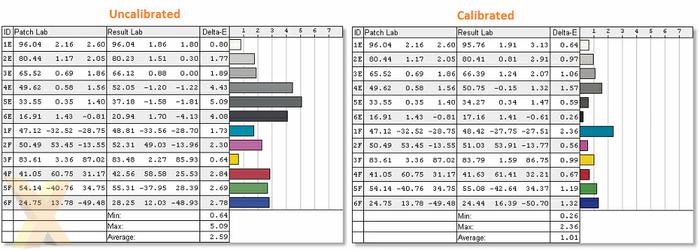Performance - Part I
Testing methodology
A monitor review based on descriptive visual analysis will always have the underlying problem of subjectivity; assessments of panel quality will vary from user to user depending on their normative expectations. To get around this we’re deploying Datacolor’s Spyder 4 Elite professional monitor analyser to return a quantitative assessment of display quality. We also make use of the Leo Bodnar video signal input lag tester which allows us to test the combined input latency of a specific monitor at the 1080p resolution with 60Hz operation only (a limitation of the testing equipment).
These numerical results, we feel, add extra utility to our reviews allowing us to more accurately benchmark the following display characteristics:
- Colour Gamut relative to sRGB and AdobeRGB industry-standards
- Brightness levels and contrast ratios
- Colour uniformity
- Brightness uniformity
- Colour accuracy
- Input latency
The tests are run under two different scenarios: uncalibrated and calibrated. Uncalibrated performance equates to the ‘out-of-the-box’ settings a monitor ships with; this is the typical end-user experience as very few consumers engage in calibration of their displays before use. Calibrated performance is what results after the monitor has been put through the Spyder4Elite hardware-calibration process with the following parameters: 2.2 Gamma, 6500k colour temperature and 120 nits of brightness. These calibrated results demonstrate what the monitor is capable of when tuned correctly but the results have limited relevance to most consumers who will not calibrate their monitors.
Colour
100 per cent of sRGB coverage is increasingly common on high-end panels these days but is still the benchmark of a quality screen.
Factory-coloured accuracy sits at 2.5 Delta-E which is definitely above average. Calibration can tune the panel down to an impressive average Delta-E of one but for use as a gaming monitor this isn't really necessary, and neither does it bring many visual advantages. In many cases over-vibrant and post-processed images are more immersive for a gaming environment than accuracy.
The curve in the panel makes colour uniformity more difficult to maintain as the pixels are orientated differently across the screen. That said the unflattering numbers do not translate into negative outcomes for real-world usage. For reference, LG's curved ultrawide 34UC97 delivered notably better results but does have a flatter curvature.












